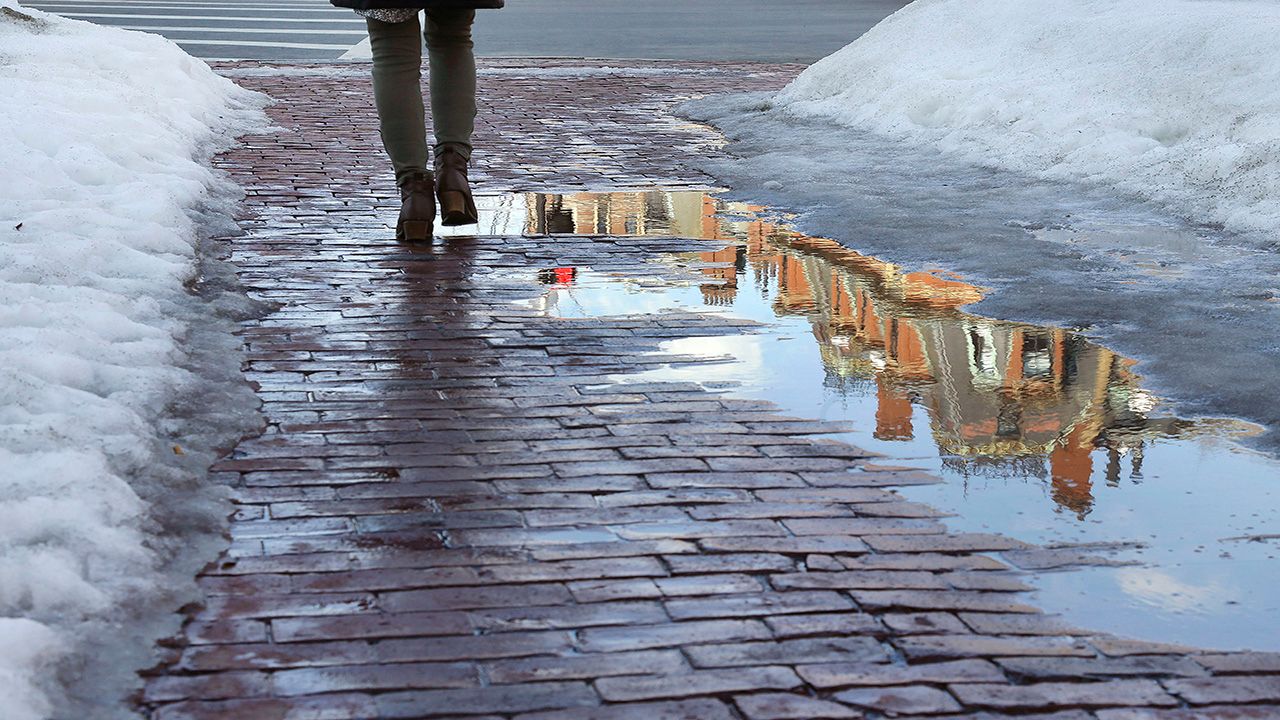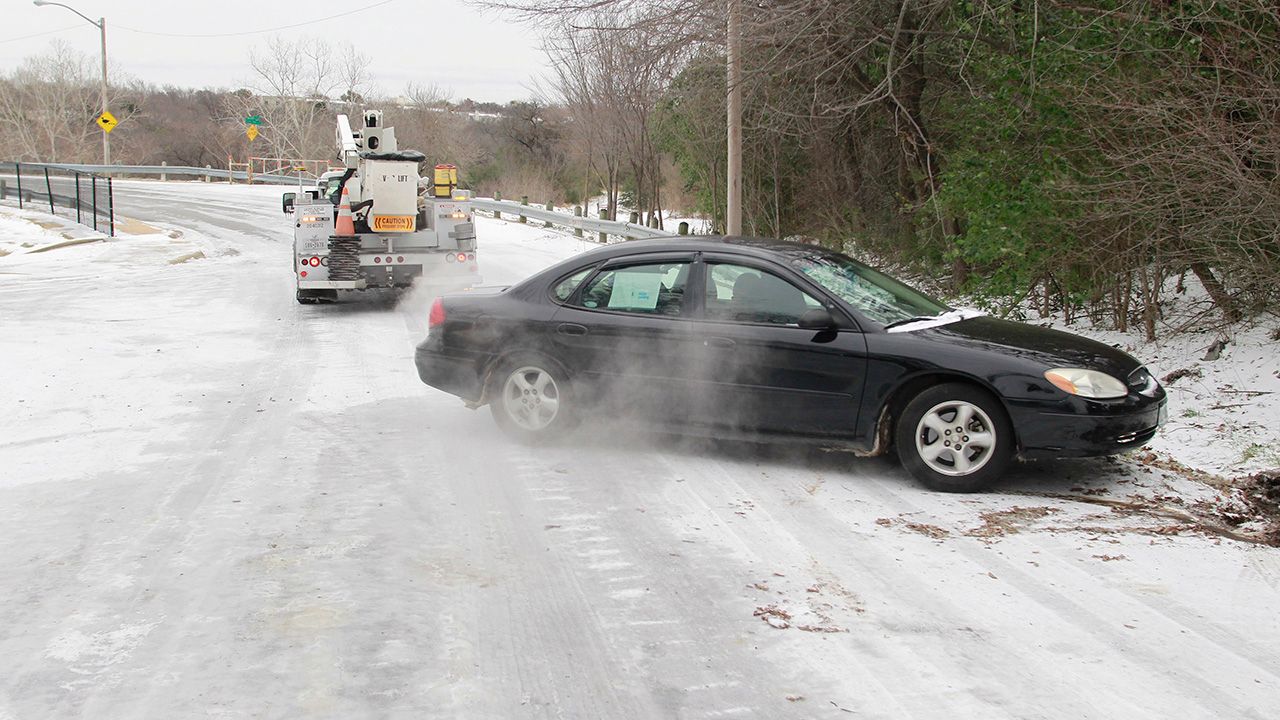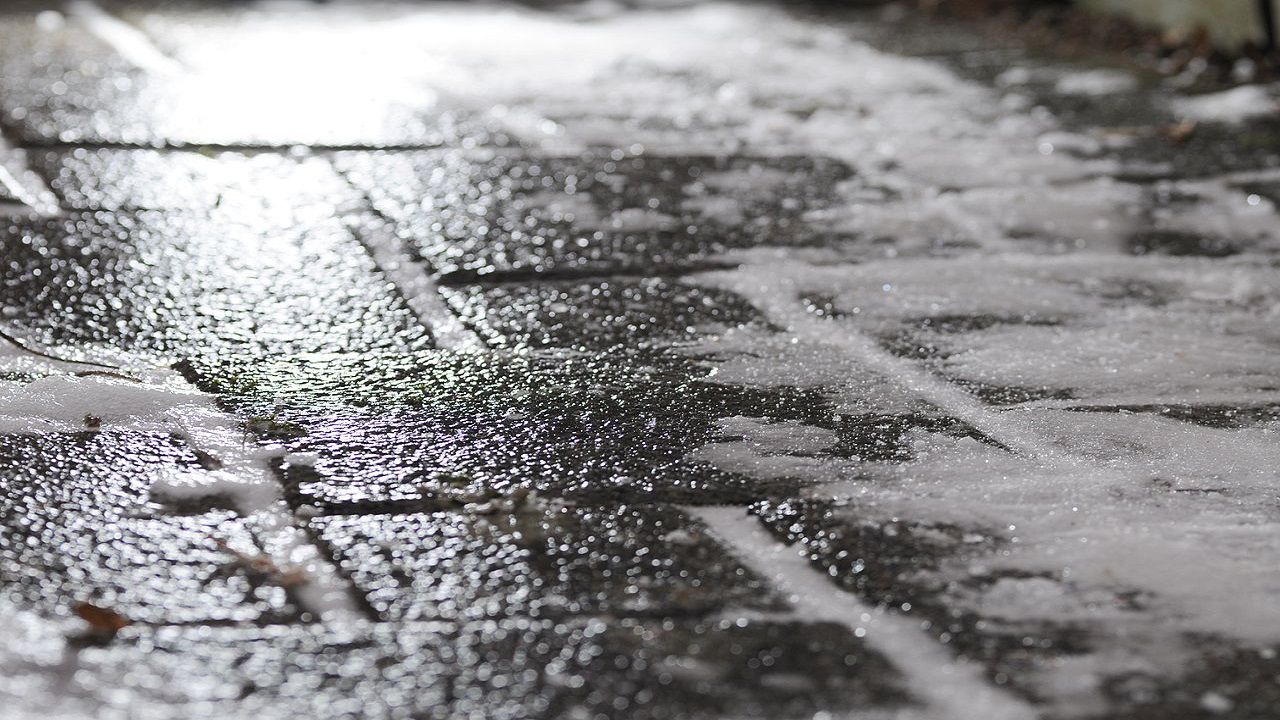Have you ever found yourself sliding on black ice? Well, how exactly did it form, and what can you do to prepare yourself for those slick situations?
Black ice is a thin layer of ice that can coat many surfaces. It is hard to see, making it very dangerous.
It only appears black because you can see the asphalt through the clear coating of ice. However, black ice can also form on sidewalks, not just roads.

Black ice can form in many ways.
If the ground is wet from rain or melted snow and cold temperatures settle in, the wet pavement can freeze over and form a thin layer of ice.
In cold temperatures, the moisture from fog can freeze on roads and sidewalks, creating icy conditions.
Black ice can even form from car tires. Car tires heat the snow on the road, and the cold temperatures can refreeze the liquid and form ice.
Also, expect black ice to form during the overnight and early morning hours when it's coldest and on bridges, overpasses and roads that don't see a lot of sunshine.

Black ice is hard to spot, but there are a few actions you can take to better prepare.
- Keep a close eye on the forecast, and stay off the roads until roads crews treat them.
- If you do hit a patch of black ice, the U.S. Department of Agriculture Forest Service says to avoid breaking, slowly step off the accelerator and keep the steering wheel straight. If your back wheels begin to slide in a specific direction, turn the wheel towards that same direction.
The main takeaway is to remain calm and take proper action. Black ice can turn dangerous, but staying calm can help the situation.
Our team of meteorologists dives deep into the science of weather and breaks down timely weather data and information. To view more weather and climate stories, check out our weather blogs section.



